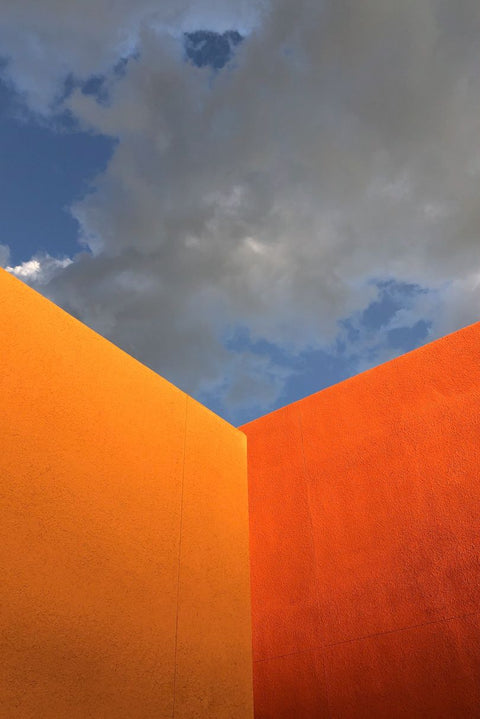It’s quite normal to have lots of questions when you are starting your photography print collection. Limited edition prints can be quite pricey and you may want to make sure you’re buying the right thing, at the right price, at the right moment.
There is a lot of information to take in and often people aren’t sure how, what or whom to ask. Here are a few concepts that we hope will help you understand how an edition works and what to look for when you are collecting photography.
If you have any more questions or something isn’t quite clear, get in touch!
What is an edition?
First things first, what is a fine art photography print? A print is a high-quality reproduction of a work of art. The nature of this discipline means prints are, apart from books, the best way to collect photography.
An edition is a set of prints made with the same process and materials that count as the original work. They are often produced by the artist. An edition can be open or limited.
The prints in an edition are usually numbered and signed by the artist (if the artist is dead, the prints can be stamped by their estate). There are artist’s proofs (AP) which are not part of the edition and printer’s proofs (PP).
Very different from an edition is a reproduction, which is a copy/facsimile of the original, often created in a different medium. For example, a poster of a photography.
What is a limited edition and what is an open edition?
A limited edition has a fixed number of prints. This number is a decision that can’t be altered later. You can’t add more prints no an edition once the quantity has been chosen; this would completely undermine the ‘limitedness’ of it. A limited edition is finite and therefore, more desirable in the eyes of the public. The exclusivity of a limited edition means it will cost more.
In an open edition, you can create and add more prints and sold them as the demand increases. This has benefits too! It gives the artist the opportunity to create constant revenue and of course, it allows more people to own the art.
What is the edition size?
The edition number is literally the number of prints that are created for the edition. One image can be print in different sizes to generate different editions (all prints are identical in an edition)
A small limited edition is more desirable since the prints become more scarce. The artist can decide what their edition size is based on a variety of reasons (such as demand, strategy, popularity…) The edition size varies quite a lot among artists and disciplines but as a rule of thumb, the larger the print, the smaller the edition size.
How does the pricing work?
As the edition sells the price of the prints goes up. This is because they become more and more scarce. For example, print number 1 in an edition of 8 could start selling at £500 and by the time it gets to number 8 the price could be £850. In this hypothetical case the artist has decided to increase £50 per sale.
Some people like to jump in the first print because it’s the number one. For other collectors, the number of the print in the edition isn’t that relevant.
How do I frame a print?
Again, this varies completely depending on what you like. Usually, collectors like to mount their print as this elevates the work. Go to shows and exhibitions, shop around, ask your framer. There are (almost) infinite options when it comes to framing your collection and this is entirely up to you!

